Juicing Lemons? Here’s How to Get Your Money’s Worth!
If you love lemons and use a lot of them, then you’ll want to read on. Jillee, of www.onegoodthingbyjillee.com, posted some information today that I just have to pass on.
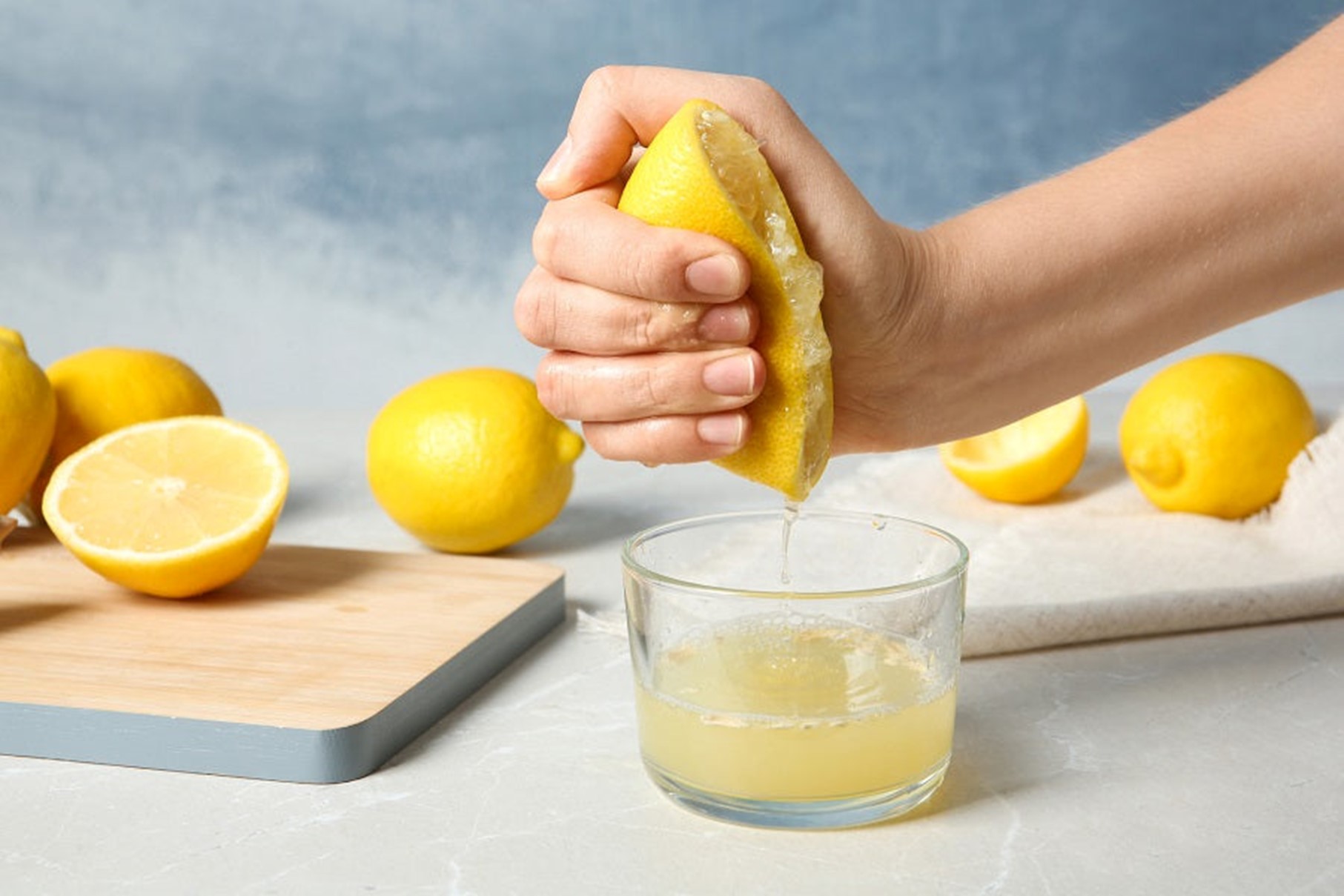
Haven’t there been times when you’ve read a recipe that calls for “the juice of one lemon” and you wondered, “OK, but how much juice IS that, exactly?” Me too.
Here’s what Jillee explained: “While the amount of juice generally depends on the size of the lemon in question, a medium lemon will generally yield about 3 tablespoons of lemon juice. So if you were substituting bottled or frozen lemon juice for fresh juice in a recipe, you could use 3 tablespoons of either in place of the ‘juice of one lemon.’”
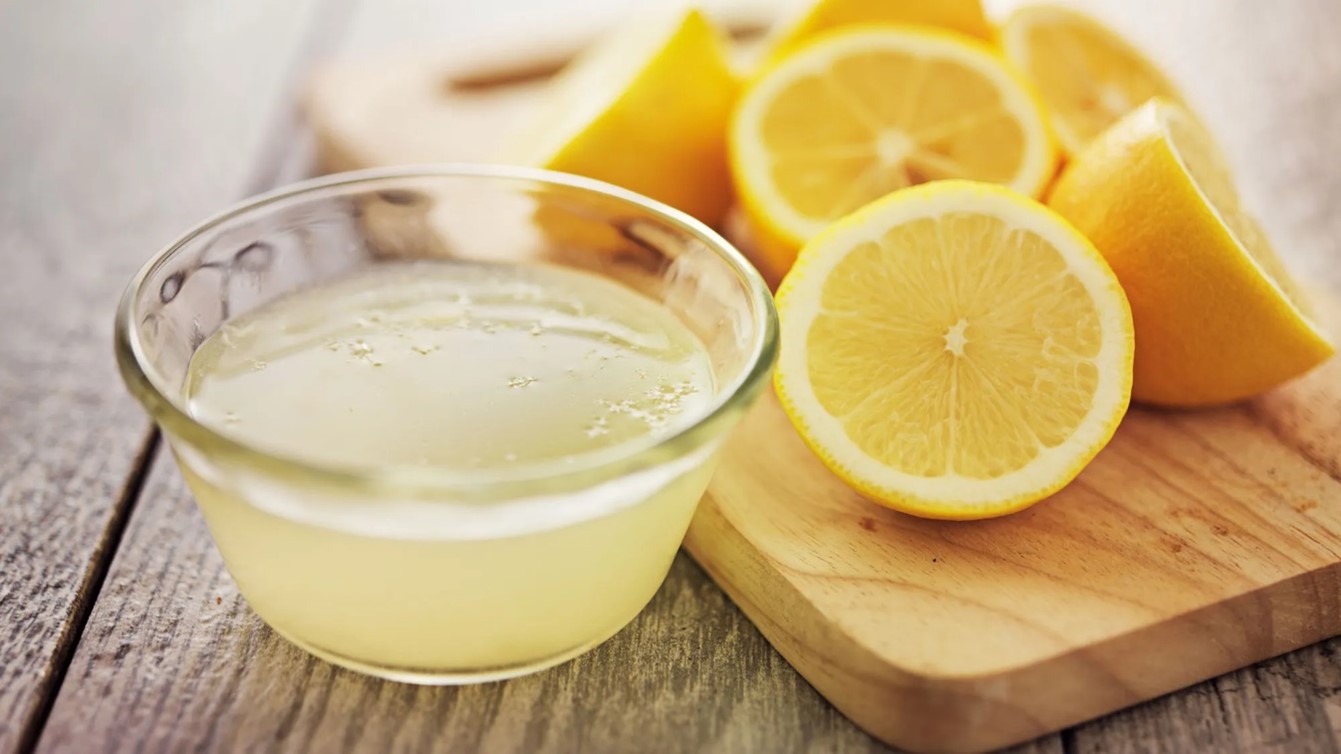
But since some recipes call for a specific amount of juice, it’s good to know about how many lemons you’ll need to get a certain amount of juice. Jillee says around 3 medium lemons will give you 1/2 cup of lemon juice, and 5 medium lemons should give you 1 cup of lemon juice.
This all depends, though, on knowing how to get the most juice out of a lemon. It all starts by choosing the right lemons at the store. You want to look for ones that yield when you squeeze them (the sign of a juicy lemon).
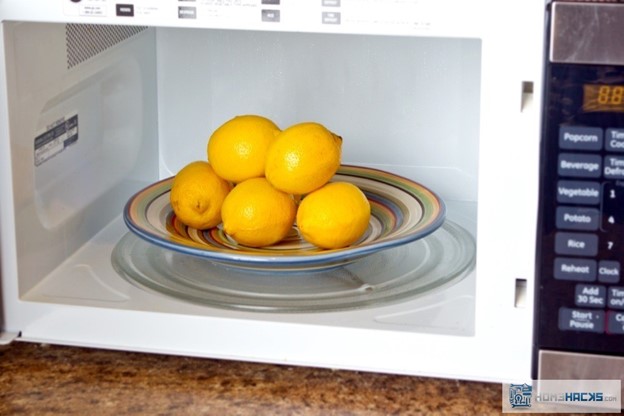
Then, when it’s time to juice, try Jillee’s trick for getting the most juice out of citrus: zap it in your microwave. This step makes up for any lack of hand strength you may be dealing with.
Of course, there are lots of juicing tools on the market. Jillee recommends a 2-in-1 hand juicer because it’s compact, extracts juice with ease, and keeps the seeds contained!
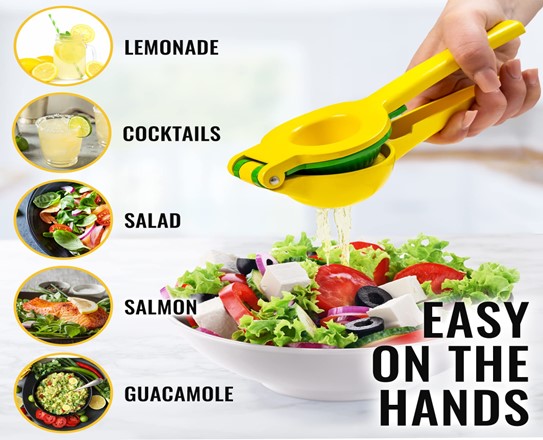
And I really like my Citri Star electric juicer. I saw it demonstrated in a cooking class I attended a few years ago and knew I just had to have it. It does a thorough job of juicing, catches the pulp and seeds, and saves my arthritic hands.
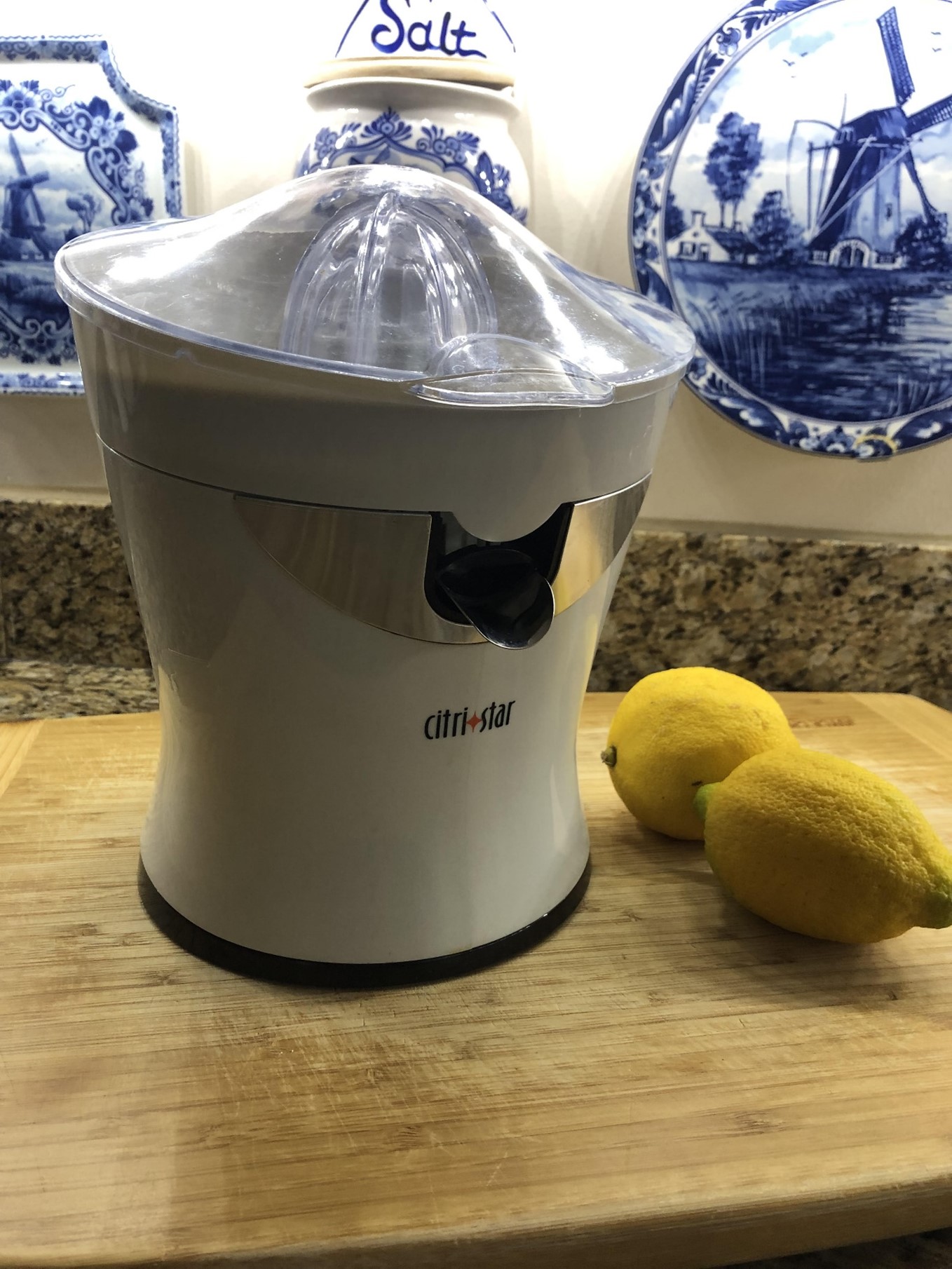
And while we’re talking lemon juice, we ought to also look at lemon zest. Zest is a secret ingredient to taking lots of recipes to a whole new level of goodness, whether a recipe calls for it or not. So how much zest can you get from a medium lemon? It averages out to be about 1 tablespoon.
I like to zest all my lemons in advance and freeze the zest in 1 tablespoon portions. Then I juice the lemons and freeze the juice in ice cube trays (1 tablespoon juice in each cell). When zesting, you want to use the smallest holes on your grater, or use an actual micro-plane. In the process, try to collect only the yellow zest rather than the bitter white pith.

Lastly, how about a good recipe to use all this delicious lemon juice and zest you’re collecting? Jillee has one our family loves. You can prep this recipe in 5 minutes and it freezes really well. I’ll close with her recipe for one of the best chicken breast recipes I’ve ever made.
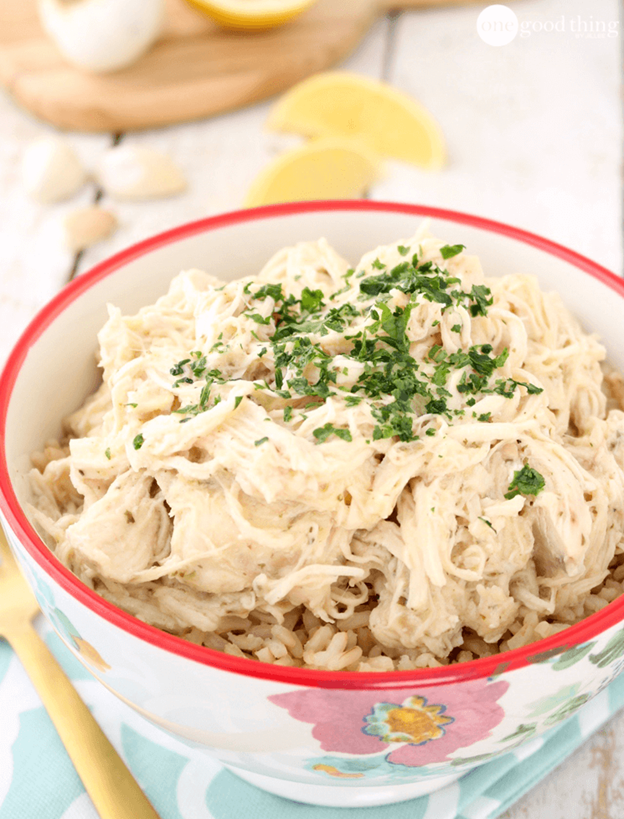
2 teaspoons minced garlic
1/4 cup extra virgin olive oil
1 tablespoon parsley flakes
2 tablespoons lemon juice (or the juice of one whole lemon)
4 to 6 chicken breasts (or 8 to 10 chicken tenders)
Directions:
Add Recipe to Cook'n

Haven’t there been times when you’ve read a recipe that calls for “the juice of one lemon” and you wondered, “OK, but how much juice IS that, exactly?” Me too.
Here’s what Jillee explained: “While the amount of juice generally depends on the size of the lemon in question, a medium lemon will generally yield about 3 tablespoons of lemon juice. So if you were substituting bottled or frozen lemon juice for fresh juice in a recipe, you could use 3 tablespoons of either in place of the ‘juice of one lemon.’”

But since some recipes call for a specific amount of juice, it’s good to know about how many lemons you’ll need to get a certain amount of juice. Jillee says around 3 medium lemons will give you 1/2 cup of lemon juice, and 5 medium lemons should give you 1 cup of lemon juice.
This all depends, though, on knowing how to get the most juice out of a lemon. It all starts by choosing the right lemons at the store. You want to look for ones that yield when you squeeze them (the sign of a juicy lemon).

Then, when it’s time to juice, try Jillee’s trick for getting the most juice out of citrus: zap it in your microwave. This step makes up for any lack of hand strength you may be dealing with.
Of course, there are lots of juicing tools on the market. Jillee recommends a 2-in-1 hand juicer because it’s compact, extracts juice with ease, and keeps the seeds contained!

And I really like my Citri Star electric juicer. I saw it demonstrated in a cooking class I attended a few years ago and knew I just had to have it. It does a thorough job of juicing, catches the pulp and seeds, and saves my arthritic hands.

And while we’re talking lemon juice, we ought to also look at lemon zest. Zest is a secret ingredient to taking lots of recipes to a whole new level of goodness, whether a recipe calls for it or not. So how much zest can you get from a medium lemon? It averages out to be about 1 tablespoon.
I like to zest all my lemons in advance and freeze the zest in 1 tablespoon portions. Then I juice the lemons and freeze the juice in ice cube trays (1 tablespoon juice in each cell). When zesting, you want to use the smallest holes on your grater, or use an actual micro-plane. In the process, try to collect only the yellow zest rather than the bitter white pith.

Lastly, how about a good recipe to use all this delicious lemon juice and zest you’re collecting? Jillee has one our family loves. You can prep this recipe in 5 minutes and it freezes really well. I’ll close with her recipe for one of the best chicken breast recipes I’ve ever made.

Lemon Garlic Dump Chicken
Ingredients:
2 teaspoons minced garlic
1/4 cup extra virgin olive oil
1 tablespoon parsley flakes
2 tablespoons lemon juice (or the juice of one whole lemon)
4 to 6 chicken breasts (or 8 to 10 chicken tenders)
Directions:
Place all ingredients into a 1-gallon freezer bag. Jillee uses a wide mouth half gallon mason jar to hold the bag upright while she fills it with the chicken and other ingredients.
After sealing the bag, turn it over several times until everything is combined and the chicken is well coated. Freeze flat.
To cook you have a few different options:
Option 1 – Bake
Thaw chicken. Pour chicken and marinade into a baking dish, turn chicken to coat. Bake at 350 F for 35 minutes.
Option 2 – Grill
Thaw and grill in a cast iron skillet on the stove, or outside on the barbecue grill, until no longer pink inside.
Option 3 – Slow Cooker
Place the frozen chicken in your slow cooker and cook on low for 6 to 8 hours (or high for 4-6 hours.)
Serve over cooked rice, pasta, or atop baked potatoes.
After sealing the bag, turn it over several times until everything is combined and the chicken is well coated. Freeze flat.
To cook you have a few different options:
Option 1 – Bake
Thaw chicken. Pour chicken and marinade into a baking dish, turn chicken to coat. Bake at 350 F for 35 minutes.
Option 2 – Grill
Thaw and grill in a cast iron skillet on the stove, or outside on the barbecue grill, until no longer pink inside.
Option 3 – Slow Cooker
Place the frozen chicken in your slow cooker and cook on low for 6 to 8 hours (or high for 4-6 hours.)
Serve over cooked rice, pasta, or atop baked potatoes.
Recipe formatted with the Cook'n Recipe Software from DVO Enterprises.
 Alice Osborne
Alice Osborne
Weekly Newsletter Contributor since 2006
Email the author! alice@dvo.com
